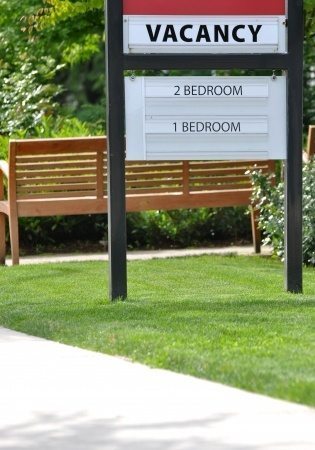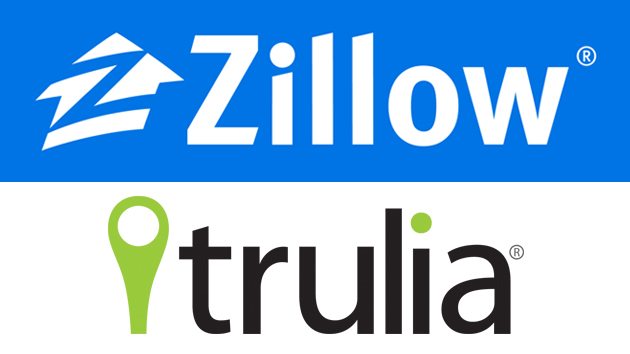
The concept of vacancy, which I touched on in the last post, is one of the most important factors when investing in real estate for cash flow/income purposes.
People lose money or make bad investments primarily because they do not understand how to calculate it correctly.
Obviously, calculating vacancy is terribly difficult. What most investors seem to do is simply discount 10%, sometimes even only 5% from the gross value of the rent that they are supposed to get…and then they just hope that it works.
It’s pretty evident that such an approach is very shallow, although it probably does help to limit damages…sometimes. A lot of investors forget to even calculate it, so when someone actually considers some extra costs in the list of expenses, it’s to limit possible damages, but it is probably not enough if you want to be professional.
Vacancy is a powerful tool to use to be able to understand the potential of an investment
What is a vacancy?
A vacancy is merely the money that you need to consider and take off from the gross rent because the unit is not rented. It is also a powerful indicator of how good an investment really is and what growth potential it may have. A vacancy is inversely proportional to the expected growth of a property.
I am not able to calculate the numbers precisely, but I am able to at least identify the relationship. The more the vacancy, the more you can expect the growth potential to diminish.
Why is this?
Well, let’s think about it…
Neighborhoods that are really good usually have higher deposit requests to even get in the house. As a landlord, what that means is that you can get 2 months deposit, in some cases even 6 months deposit, which means that the prospective tenant will rent longer and always pay on time because they have more money and don’t want to risk ruining their credit. Also, the higher the deposit, the less risk that you, the landlord, will have to take on which will limit your damages and reduce the risk of vacancy.
Of course, we would all love to get 6 months deposit upfront or even 3 months for that matter, but it is usually not the case. People don’t always have this kind of money laying around, and you also need to compete with other property owners that are offering a more straightforward payment solution.
So this makes the relationship a little more clear. If you are in the right area, then you can get more money up front and limit the value of vacancy. The areas with the low vacancy will most likely be those with both high rental demand and income, as well as where there is a lot of competition.
For example, you can compare the vacancy rate in a Class D neighborhood in Miami-Dade county, let’s say, for instance, Liberty City, which is close to 40% vacancy, compared to another area like Miami Beach which can be calculated at 10% vacancy.
Can we derive a formula or an equation to predict a vacancy rate?
No. But we can have some fun and maybe try to work something out that will bring us as close as possible to a “formula” or market prediction.
What other values are there that can affect vacancy?
Well, it’s not only the neighborhood but what I noticed is that vacancy is directly proportional to the price of rent. The higher the rent, the fewer chances of the landlord being compromised by evictions and legal matters.
For example, regardless of the location of the house, a house that rents for $700 will have a much higher vacancy rate than that of one that rents for $1400 in the same exact neighborhood.
I don’t have a lot of data available, but according to my database, even top class locations (income neighborhood of $125K+) where small studios or small 1 bedrooms rent for $800-900 experience 15-18% vacancy. Other data shows that a lot of people struggle to pay 3 months deposit up front.
In the same neighborhood, or even in one with a much lower income ($75-85K), I can basically say that according to my database, I am comfortable to estimate a vacancy of around 10% or less for homes that rent for $1400 or more. 10% vacancy means that there are very rarely evictions and that most of the vacancy depends on the changeover at the end of the contract. Also, the time that it takes to rent it out again is factored in as well.
Then I checked the low-income neighborhood below $50k, and I noticed the same relationship. The vacancy is low on properties that rent at $1400 or above. The $50k mark seems to make a big difference in the vacancy in Miami and Broward counties.
Actually, I noticed that the neighborhood does not make such a difference…what makes the most difference is one thing, the price of the rent! Property that is below $1000 per month in great areas will have a higher level of vacancy than that of properties in a Class C neighborhood, especially if the latter is a beautiful big house with a pool and the rent is above $1400.
I have owned about 100 properties in Broward and Miami-Dade County, so my data comes from plotting those results. And what I have found is that property with a higher rent value tends to have a much lower rate of vacancy.
So…hypothetically let’s say there is $150,000 available to invest in a Miami property for income purposes. Two options exist: 1) a studio in a desirable neighborhood that rents for $1000 per month, versus 2) a 4-bedroom house with a pool that rents for $1500 in a Class C neighborhood. Faced with these two options, I would definitely have to choose the second. The income would be better and more consistent on the second option.
I would also bet that appreciation is more likely with option 2…but that is for another post!
Talk Soon!
Antonio



